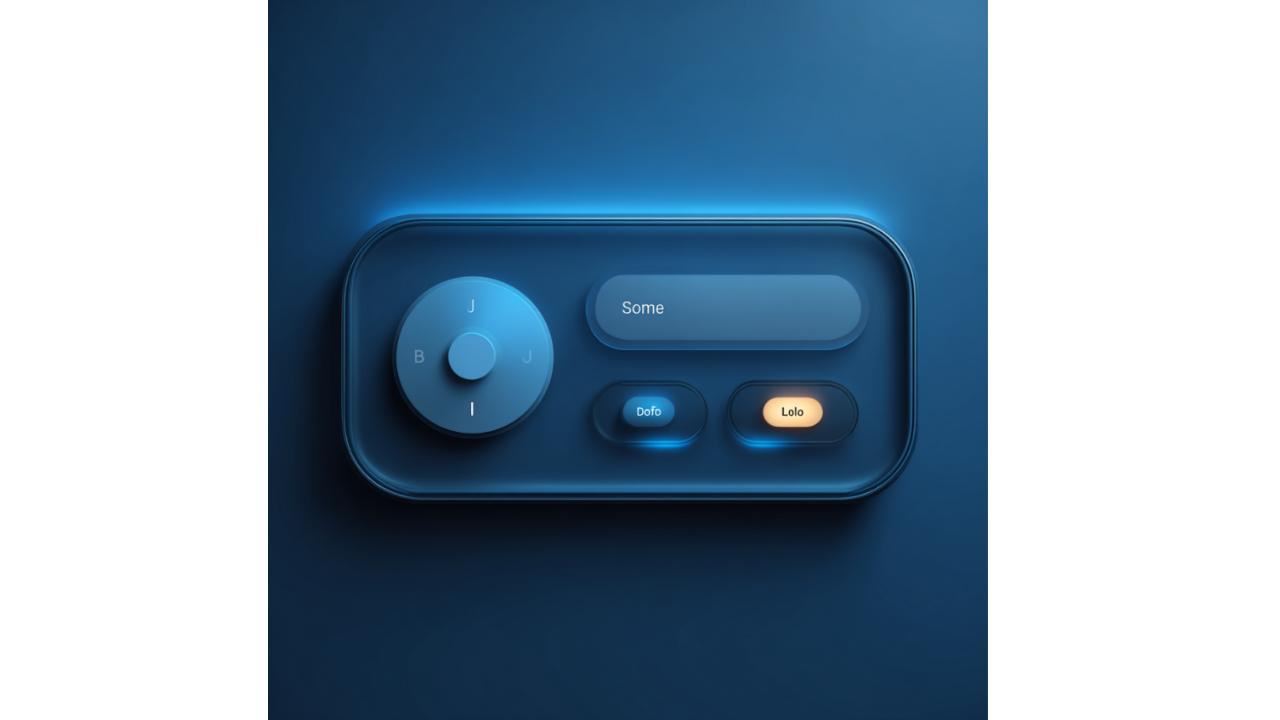Cognitive Load Theory in UX: Why Simple Interfaces Convert Better
A user lands on your checkout page. Their brain processes 17 different elements: navigation menu, progress bar, form fields, security badges,...
-3.png)
Choice architecture refers to the way options are structured and presented to consumers, significantly influencing their decision-making process. By strategically arranging products, pricing, and messaging, marketers can guide customer behavior toward desired outcomes. This technique draws on principles from behavioral economics, psychology, and data-driven marketing to optimize sales performance and enhance the consumer experience.
Understanding how choice architecture works can mean the difference between a thriving brand and a struggling one. Effective product placement isn’t just about visibility—it’s about influencing perceptions, creating urgency, and simplifying decision-making for consumers.
Strategic product placement is rooted in well-established psychological and economic theories that explain how consumers process information and make decisions. Several core principles underpin effective choice architecture:
Priming and Default Effects – Consumers are more likely to choose an option that is subtly suggested or presented as the default. This is why companies use tactics such as pre-selected add-ons in shopping carts or default subscription tiers.
Anchoring Bias – The first option presented often serves as a mental reference point against which all subsequent choices are evaluated. For example, high-end retailers often place premium-priced items first to make the rest of their products appear more affordable.
Social Proof and Scarcity – The sense of urgency created by scarcity messaging (e.g., "Only 2 left in stock!") or the validation provided by social proof (e.g., "Best-seller" or "Trending now") significantly increases the likelihood of purchase.
The Decoy Effect – Introducing a slightly inferior third option can make a targeted product appear more attractive by comparison. Marketers often use this tactic in pricing strategies to guide customers toward a particular choice.
Want to implement these principles? Read on.
Eye-Level Positioning: Research shows that products placed at eye level receive 35-40% more attention than those on higher or lower shelves. Grocery stores frequently use this technique to promote specific brands.
End Caps & Checkout Displays: Products placed at end caps (the end of aisles) or checkout counters experience significantly higher visibility and impulse purchases.
Category Adjacency: Placing complementary products together encourages unplanned purchases—such as placing pasta near sauces or chips near salsa.
Guided Store Layouts: Large retailers like IKEA design their stores as winding paths that expose shoppers to a wide range of products, increasing the likelihood of additional purchases.
Personalized Recommendations: AI-driven algorithms analyze customer behavior to suggest relevant products, increasing conversion rates.
Pre-Selected Options & Default Choices: Subscription services often use this tactic by pre-selecting a recommended tier, reducing the effort required for consumers to make a decision.
Scarcity & Urgency Messaging: E-commerce sites display real-time updates on stock availability (e.g., "Only 5 left!" or "10 people are viewing this product right now!") to create a sense of urgency and encourage faster purchasing decisions.
Simplified Navigation & Filtering: Streamlining the online shopping experience through intuitive filtering and sorting options enhances user experience and reduces decision fatigue.
A/B Testing for CTA Placement: Testing different placements, colors, and wording of call-to-action (CTA) buttons can significantly impact conversion rates.
Color Psychology & Design: Different colors evoke specific emotions—red encourages urgency, while blue promotes trust and reliability.
Framing Discounts Effectively: Positioning discounts as “savings” (e.g., "Save $50!" instead of "$50 off") enhances perceived value and encourages purchases.
Price Anchoring in Online Retail: Displaying the original price next to the discounted price (e.g., "Was $199, Now $129!") reinforces perceived savings and motivates consumers to act quickly.
Amazon’s ‘Frequently Bought Together’ Feature – Amazon effectively uses AI-powered recommendations to increase average order value by bundling complementary products and creating the perception of a smart purchase.
McDonald’s Menu Design – McDonald’s highlights high-margin items using larger fonts, vibrant images, and strategic placement, ensuring they attract the most attention.
Apple’s Retail Layout Strategy – Apple stores encourage hands-on interaction with their flagship products, creating an immersive experience that strengthens the emotional connection between the consumer and the brand.
Netflix’s Personalized Interface – Netflix leverages choice architecture by tailoring its interface to highlight content based on user preferences, reducing decision fatigue and increasing engagement.
Leverage Placement Science – Whether in-store or online, strategic positioning increases visibility and sales.
Use Behavioral Triggers – Incorporating scarcity, social proof, and pricing tactics can significantly influence consumer decision-making.
Optimize Across All Channels – A well-integrated approach across physical stores, e-commerce platforms, and digital marketing maximizes the impact of choice architecture.
Continuously Test & Improve – Data-driven optimizations through A/B testing, analytics, and AI-driven insights can refine strategies over time.
By strategically applying choice architecture principles, marketers can enhance user experiences, guide consumer decisions, and drive revenue growth. Whether in-store or online, the way choices are presented can dramatically impact purchasing behavior, making this an essential strategy for any modern marketer.

A user lands on your checkout page. Their brain processes 17 different elements: navigation menu, progress bar, form fields, security badges,...
-Jul-11-2025-02-23-05-2638-PM.png)
There's a peculiar moment in every consumer's journey: the sudden awareness that you've forgotten something important. Not the slow realization of a...

3 min read
We like to believe our decisions emerge from rational thought, carefully weighed pros and cons arranged in neat mental spreadsheets. Yet...